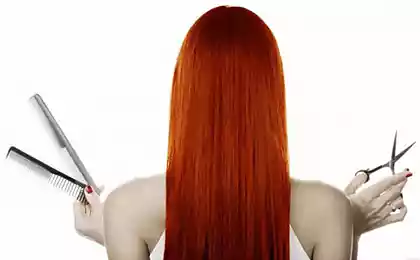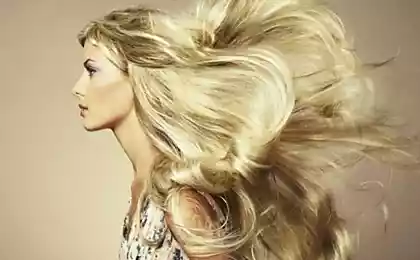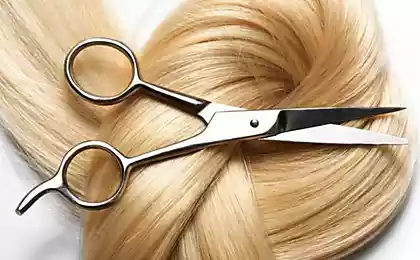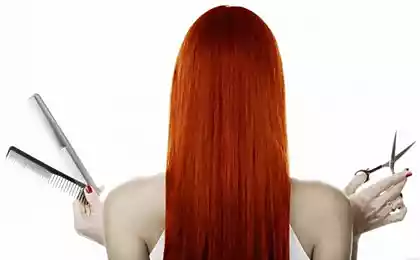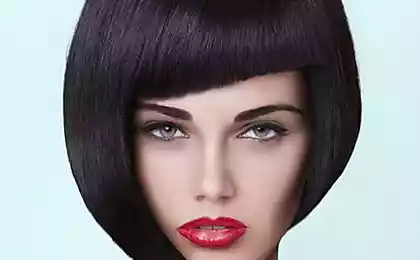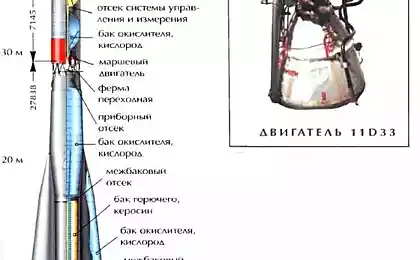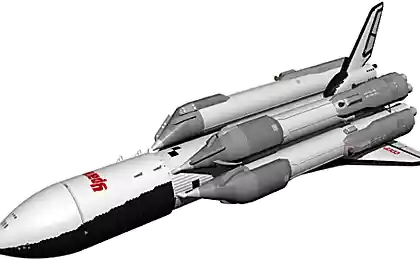1150
Facts about the "Luna-1"
January 2, 1959 from the Baikonur Cosmodrome was implemented launch rocket "Vostok-L," which led to the trajectory of the moon station "Luna-1».
This station has brought another victory of the Soviet space program: the first time she has reached escape velocity and become an artificial satellite of the sun. "Luna-1" was designed to study the moon and became a satellite of the sun because of a slip. We will tell you about the seven interesting facts related to the station "Luna-1».
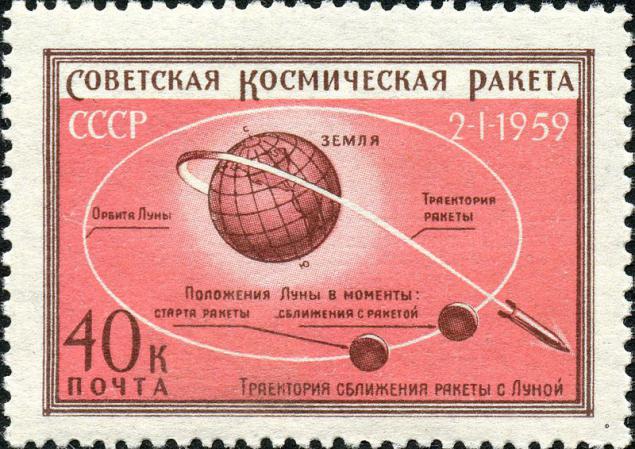
TO THE MOON has not got
For the purpose of the flight task was to achieve the station of the lunar surface. But getting there was not, as in the sequence diagram of flight crept error. Media and all the equipment on board the station worked correctly. In carrying out the experiments onboard the error did not affect land. As a result, "Luna-1" took place at a distance of 6000 kilometers from the surface of the moon and entered the heliocentric orbit.
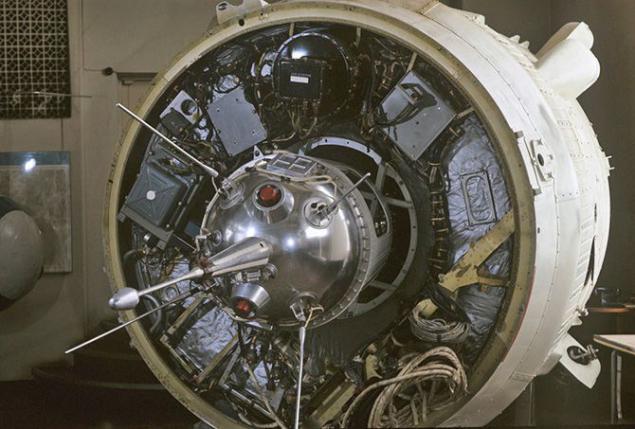
PARTIALLY SUCCESSFUL FLIGHT
"Luna-1" became the world's first spacecraft, has reached escape velocity to break the Earth's gravity and become an artificial satellite of the sun. Since the machine has not reached the moon, as planned, the experts described the mission as a "partially successful", a record for its time and highly productive scientifically.

Scientific results
During the flight "Luna-1" were obtained outstanding scientific results: using the vehicle was first registered magnetometer outer radiation belt of the Earth. With the ion trap and particle counters were made the first direct measurements of the solar wind parameters. It was found a significant lack of lunar magnetic field.

Artificial comet
Thanks to the "Moon-1" has been successfully carried out an experiment to create an artificial comet. January 3 in 3.56 Moscow time, at a distance of 119,500 km from the Earth station was released vapor cloud solution (1 kg). Scattered in a vacuum, and the clouds glowed orange for several minutes and was observed from Earth as a faint star of the 6th magnitude.

RACE WITH US
Launching of "Luna-1" in 1959 was the result of "lunar race" with the United States. September 2, 1958 issued a decree of the government's launch of the station to the Moon. Exit resolution efforts helped the Americans to win a priority in space exploration.
Having failed with the launch of Sputnik, the American colleagues turned their eyes to the moon, to urgently develop a spacecraft Pioneer's study lunar and interplanetary space. 17 August 1958 was made the first launch of the spacecraft Pioneer, but the explosion of the rocket 77 seconds into the flight path of the moon interrupted.
The next attempt was also unsuccessful. The next step was the launch of Pioneer 4, however, the Soviet Union launched the "Moon-1" before, and achieved great success.
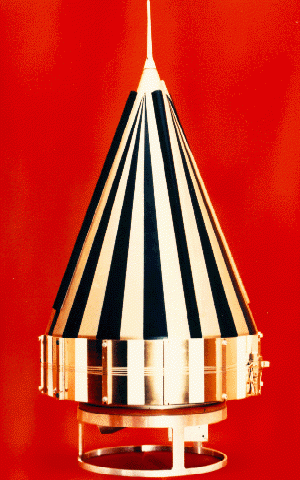
Americans do not believe
Initially, the United States questioned the existence of "honesty", as even the largest radio observatory in the British Jodrell Bank does not "hear" it. However, an antenna with a diameter of 26 meters Laboratory JPL yet found a "Luna-1", taking a weak signal after eight hours after the machine flew past the moon.
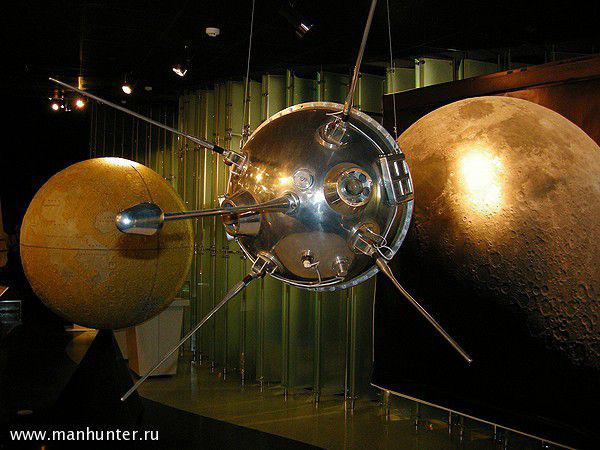
SPECIFICATIONS
The total length of the station "Luna-1" (she also had the names of "moon-1D» and "Dream") was 5, 2 meters. The diameter of the satellite - 2, 4 meters. Mass: 650 kg. The speed of the machine reached 11, 2 kilometers per second - is the escape velocity for the Earth. On the flight path of the moon deduced station launch vehicle "Vostok-L».
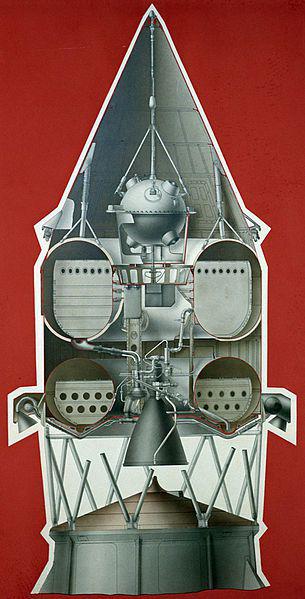
Source:
This station has brought another victory of the Soviet space program: the first time she has reached escape velocity and become an artificial satellite of the sun. "Luna-1" was designed to study the moon and became a satellite of the sun because of a slip. We will tell you about the seven interesting facts related to the station "Luna-1».

TO THE MOON has not got
For the purpose of the flight task was to achieve the station of the lunar surface. But getting there was not, as in the sequence diagram of flight crept error. Media and all the equipment on board the station worked correctly. In carrying out the experiments onboard the error did not affect land. As a result, "Luna-1" took place at a distance of 6000 kilometers from the surface of the moon and entered the heliocentric orbit.

PARTIALLY SUCCESSFUL FLIGHT
"Luna-1" became the world's first spacecraft, has reached escape velocity to break the Earth's gravity and become an artificial satellite of the sun. Since the machine has not reached the moon, as planned, the experts described the mission as a "partially successful", a record for its time and highly productive scientifically.

Scientific results
During the flight "Luna-1" were obtained outstanding scientific results: using the vehicle was first registered magnetometer outer radiation belt of the Earth. With the ion trap and particle counters were made the first direct measurements of the solar wind parameters. It was found a significant lack of lunar magnetic field.

Artificial comet
Thanks to the "Moon-1" has been successfully carried out an experiment to create an artificial comet. January 3 in 3.56 Moscow time, at a distance of 119,500 km from the Earth station was released vapor cloud solution (1 kg). Scattered in a vacuum, and the clouds glowed orange for several minutes and was observed from Earth as a faint star of the 6th magnitude.

RACE WITH US
Launching of "Luna-1" in 1959 was the result of "lunar race" with the United States. September 2, 1958 issued a decree of the government's launch of the station to the Moon. Exit resolution efforts helped the Americans to win a priority in space exploration.
Having failed with the launch of Sputnik, the American colleagues turned their eyes to the moon, to urgently develop a spacecraft Pioneer's study lunar and interplanetary space. 17 August 1958 was made the first launch of the spacecraft Pioneer, but the explosion of the rocket 77 seconds into the flight path of the moon interrupted.
The next attempt was also unsuccessful. The next step was the launch of Pioneer 4, however, the Soviet Union launched the "Moon-1" before, and achieved great success.

Americans do not believe
Initially, the United States questioned the existence of "honesty", as even the largest radio observatory in the British Jodrell Bank does not "hear" it. However, an antenna with a diameter of 26 meters Laboratory JPL yet found a "Luna-1", taking a weak signal after eight hours after the machine flew past the moon.

SPECIFICATIONS
The total length of the station "Luna-1" (she also had the names of "moon-1D» and "Dream") was 5, 2 meters. The diameter of the satellite - 2, 4 meters. Mass: 650 kg. The speed of the machine reached 11, 2 kilometers per second - is the escape velocity for the Earth. On the flight path of the moon deduced station launch vehicle "Vostok-L».

Source:






